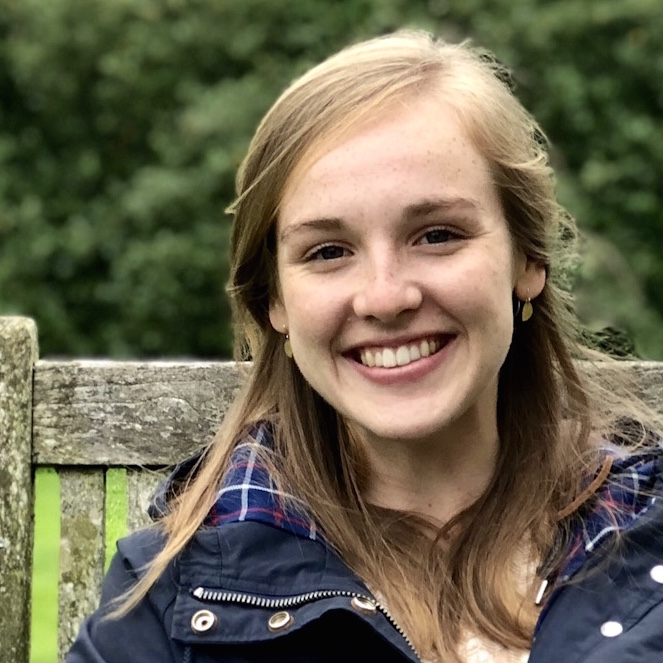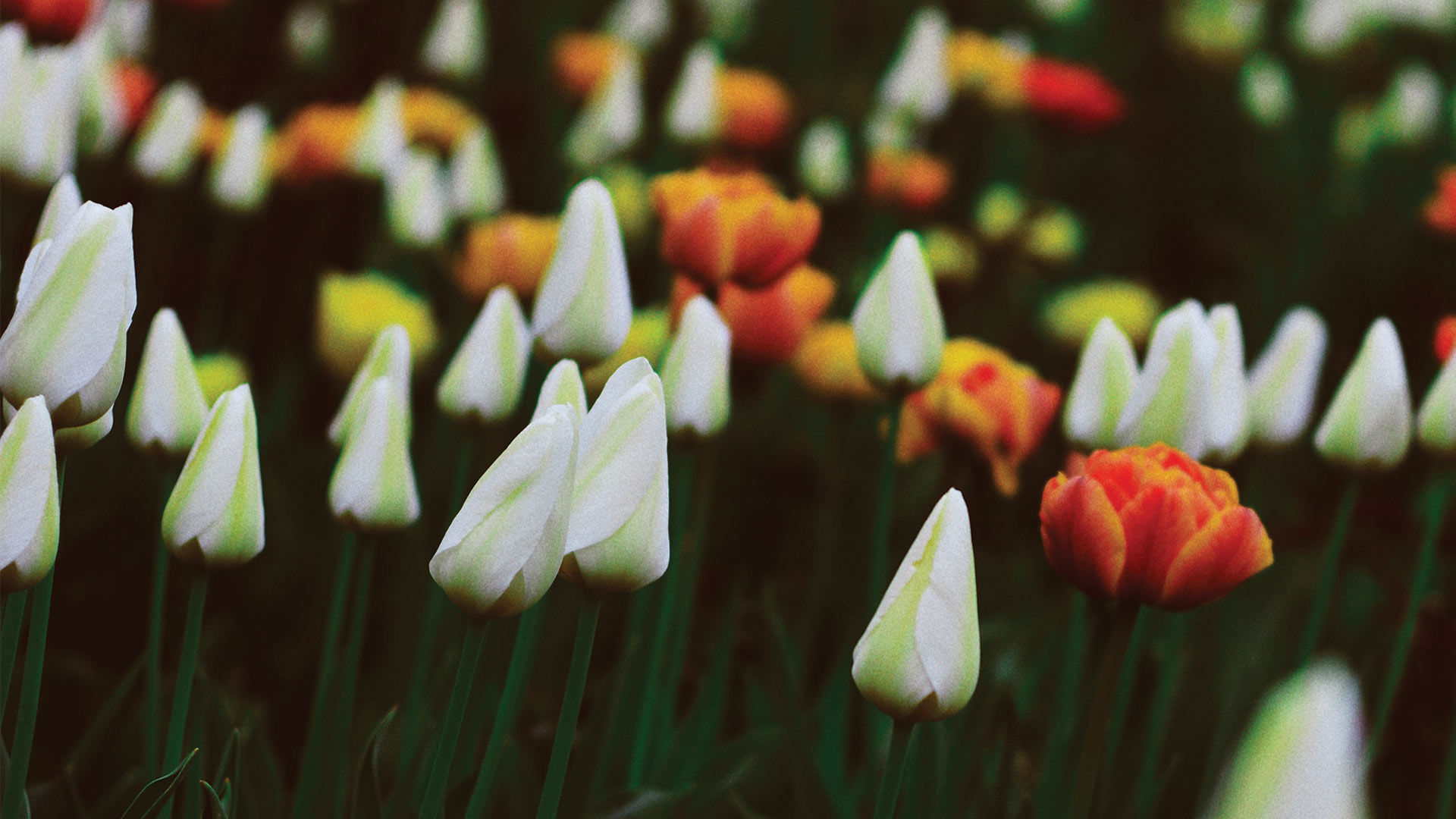An Introduction by Dr. Kj Swanson:
Every other year, The Seattle School offers the course SFD (Spiritual Formation & Direction) 523 Spirituality & the Arts and with each offering, the instructor has focused on a particular form of art as a way to explore spiritual practices and how the arts can inform and sustain spiritual formation. Two years ago I centered the course on film. This year I wanted another medium of artistic engagement that students may already find meaningful and that I too have found spiritually and formatively significant. The Wizarding World created by author JK Rowling was an obvious choice. It encompasses not only literary traditions rooted in the work of CS Lewis and JRR Tolkien, but it also includes film, fandom, immersive theme parks, and creative digital media.
From January to April of 2019, 40 students read (or re-read) over 1,000 pages of Harry Potter texts, created immersive experiences for their classmates, wrote and analyzed fan fiction as a form of spiritual practice, and unpacked together the resonance, both theological and psychological, of these stories that have enchanted so many of us for over twenty years. I was humbled and awed each week by what students discovered and shared with one another, and am pleased to have some of them able to share their work with a wider community. Expecto Patronum.
Adapted from my final course reflections, this piece responds to a prompt concerning the Spirituality of Enchantment. In it, I hope to offer you a glimpse into my journeys both within the imaginative worlds and words of fantasy, as well as within this, my first year at The Seattle School. Both adventures have been ones of story, calling to narratives within me long forgotten, cherished, and too, endured. And through both, I have experienced an awakening of childhood delight, and an invitation to life abundant and life creative.
When I am among the trees,
especially the willows and the honey locust,
equally the beech, the oaks, and the pines,
they give off such hints of gladness.
I would almost say that they save me, and daily.
I am so distant from the hope of myself,
in which I have goodness, and discernment,
and never hurry through the world
but walk slowly, and bow often.
Around me the trees stir in their leaves
and call out, “Stay awhile.”
The light flows from their branches.
And they call again, “It’s simple,”
they say, “and you, too, have come
into the world to do this, to go easy,
to be filled with light, and to shine.”
— “When I Am Among the Trees,” by Mary Oliver
A tulip bulb graced my palm one day recently. The paper-thin film of skin crackled beneath my fingers, and I studied its subtle earthy coloring, admiring the pea-green shoot already sprouting from beneath its layers. There was something beautiful and delicate, and yet resilient and defiant about this bulb. I am not a tulip aficionado but gifted with this little form of life, I am learning quickly about their care. They must, I am told, be buried deep within the soil. A keen gardener knows to send them — inches and inches, many times their own immature height — down into the cold, wet, rich earth. Out of this, their nature and needed nurture, tulip bulbs weather harsh winters, ever maintaining their promise of life in the coming spring. As I hold this bulb, inches wide, and almost weightless in my hand, ever quietly and consistently it calls to me — “and you, too.”
In coming to The Seattle School, I brought along a graveyard of bits of me that I had long since buried. Shameful bits, broken bits, seemingly unwanted bits cut off and then shoved, suffocated, and silenced underground. In their absence, I was growing and pruning myself (or, being pruned by others) into the right shape and size. It was a painful, pretentious, and precarious form of being. Working within this graveyard over this past year of school has been muddy work. Crouched down on bended knee, my hands have been covered in the soil of years and fears past. Getting to know, and willing to see those buried bits of me has been and will be the task, I believe.
However, in this kneeling work, this muddy work, this grounded work, I have discovered that those buried bits from long ago are seeds, alive like tulip bulbs, both delicate and defiant underneath the mounds of soil.
Here at The Seattle School, I am beginning to see that my graveyard was all along a garden, yearning and journeying towards spring. Despite this in-breaking of freedom and life, I am not sure that I was entirely ready for the changing of the seasons. Perhaps I thought that I was, but no… true spring in its bursting, breaking and melting… that I was not ready for. Allowing those seeds of the broken bits of me to have space and grace to blossom and grow felt and continues to feel risky, for as spring reminds us all too clearly, shoots are uncontrolled. Coming from the dark underneath, they are joyous and naive, random and dainty, and I was surely not ready or willing for that type of precious life to emerge from my darkest places. Yet in these semesters, my longing for a life that flourishes in all my particularities — beauty and brokenness, above ground and below — has screamed louder than the desire to restrict in and for protection.
In many ways, my exploration within this course of fantasy has been like a plant nursery: offering just the right amount of nourishing food, water, and light to my little starved seeds. Surely, I have experienced an awakening of childhood joy, laughter, and enchantment that had, I now see, been darkened and asleep for too long. I have felt myself fall, diving into the waters of delight and longing held both within and also because of the gifted world of story. Such has been this course’s wake up call (the rooster is joyfully crowing and the sun is rising!) upon my creative seeds and I cannot help but sigh. Perhaps this, surrounded by the seedlings of my own garden, echoes Mary Oliver’s hint of gladness.


